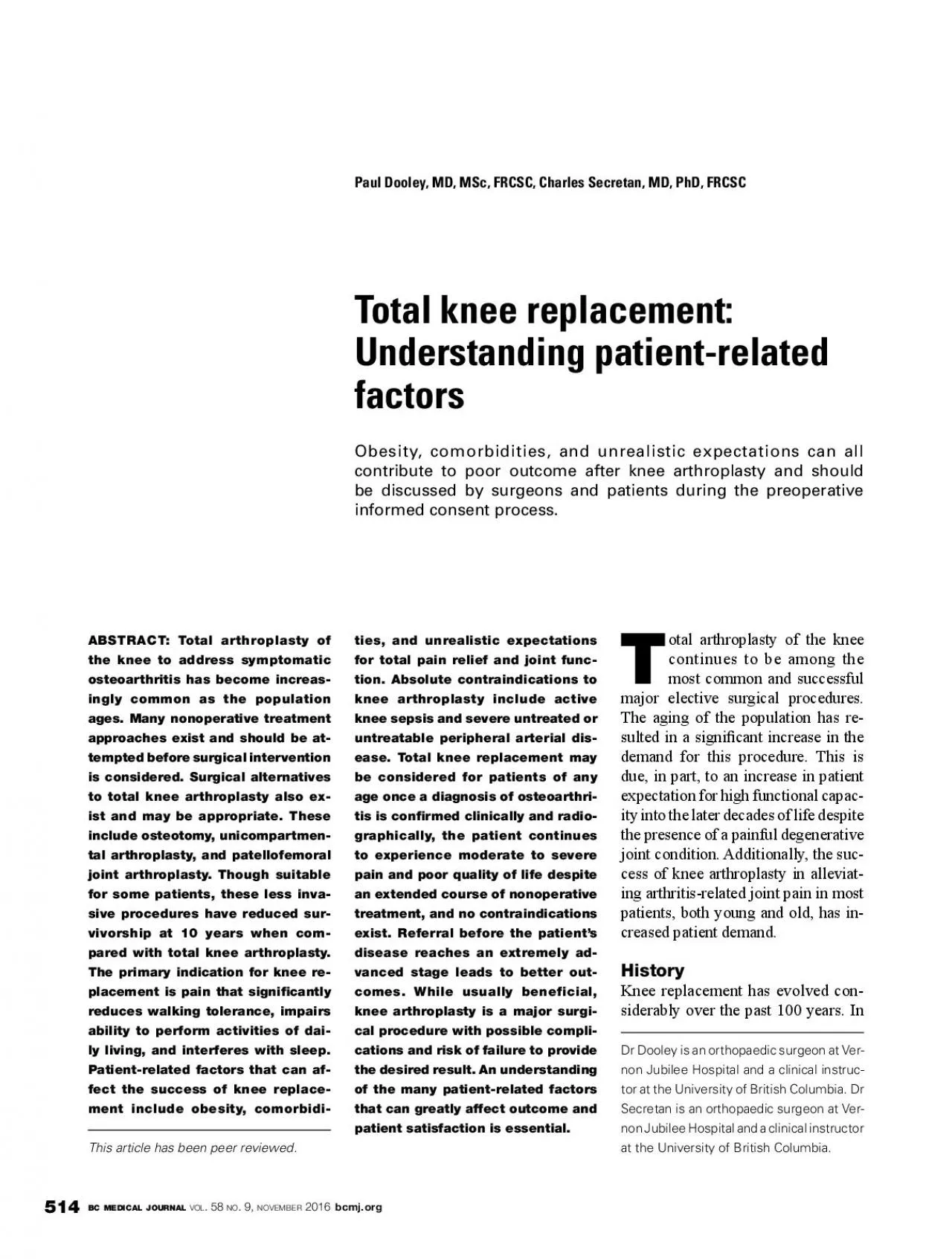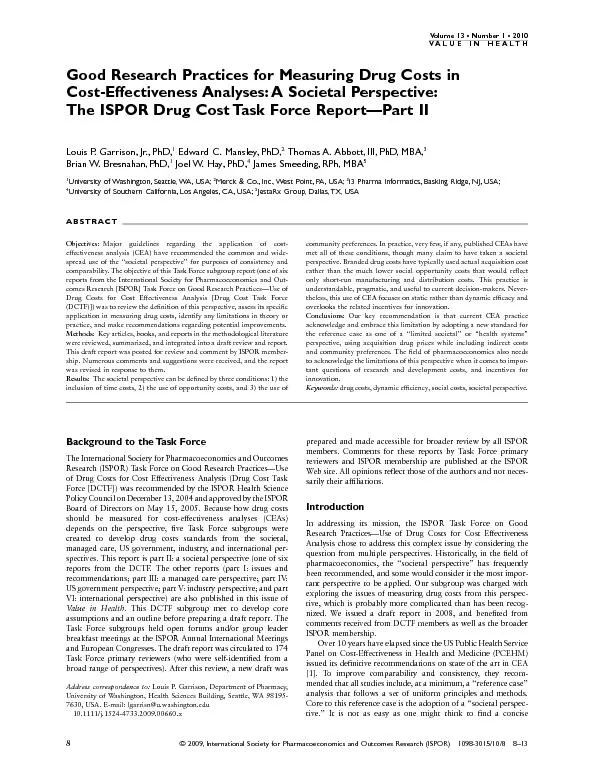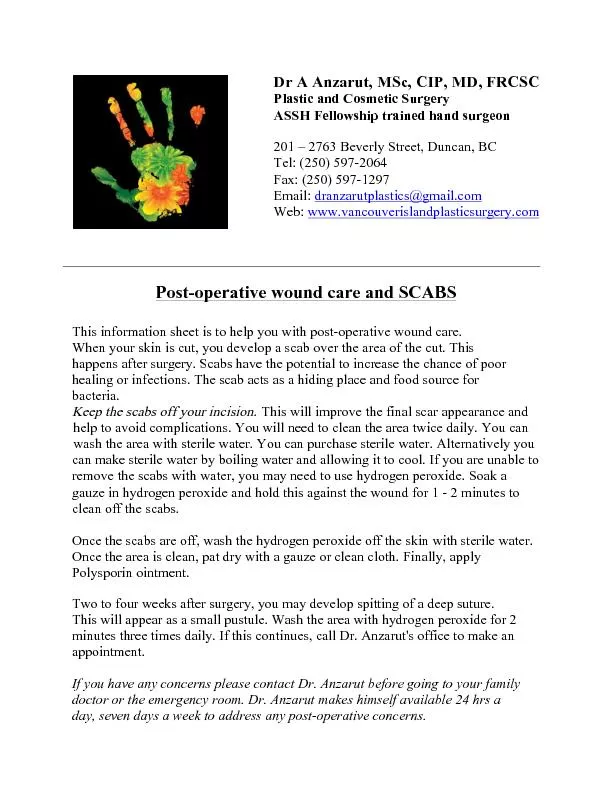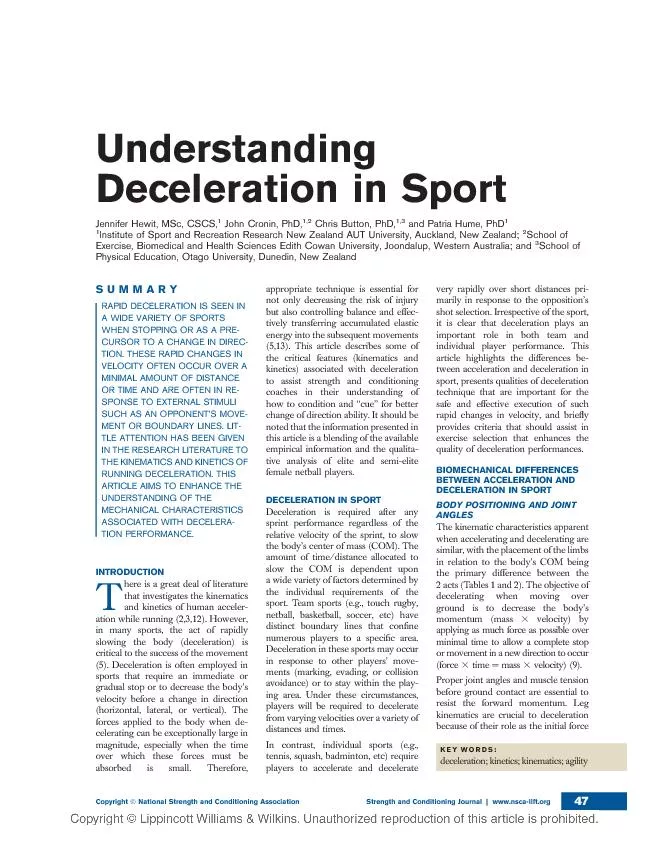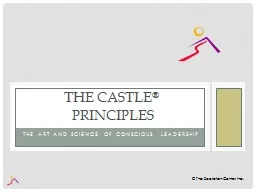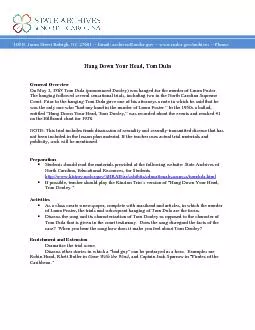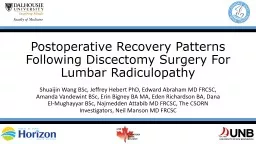PDF-Paul Dooley MD MSc FRCSC Charles Secretan MD PhD FRCSCTotal kne
Author : josephine | Published Date : 2022-08-16
514 Dr Dooley is an orthopaedic surgeon at Vertor at the University of British Columbia Dr Secretan is an orthopaedic surgeon at Ver This article has been peer reviewed NOVEMBER 515 Total
Presentation Embed Code
Download Presentation
Download Presentation The PPT/PDF document "Paul Dooley MD MSc FRCSC Charles Secreta..." is the property of its rightful owner. Permission is granted to download and print the materials on this website for personal, non-commercial use only, and to display it on your personal computer provided you do not modify the materials and that you retain all copyright notices contained in the materials. By downloading content from our website, you accept the terms of this agreement.
Paul Dooley MD MSc FRCSC Charles Secretan MD PhD FRCSCTotal kne: Transcript
Download Rules Of Document
"Paul Dooley MD MSc FRCSC Charles Secretan MD PhD FRCSCTotal kne"The content belongs to its owner. You may download and print it for personal use, without modification, and keep all copyright notices. By downloading, you agree to these terms.
Related Documents

